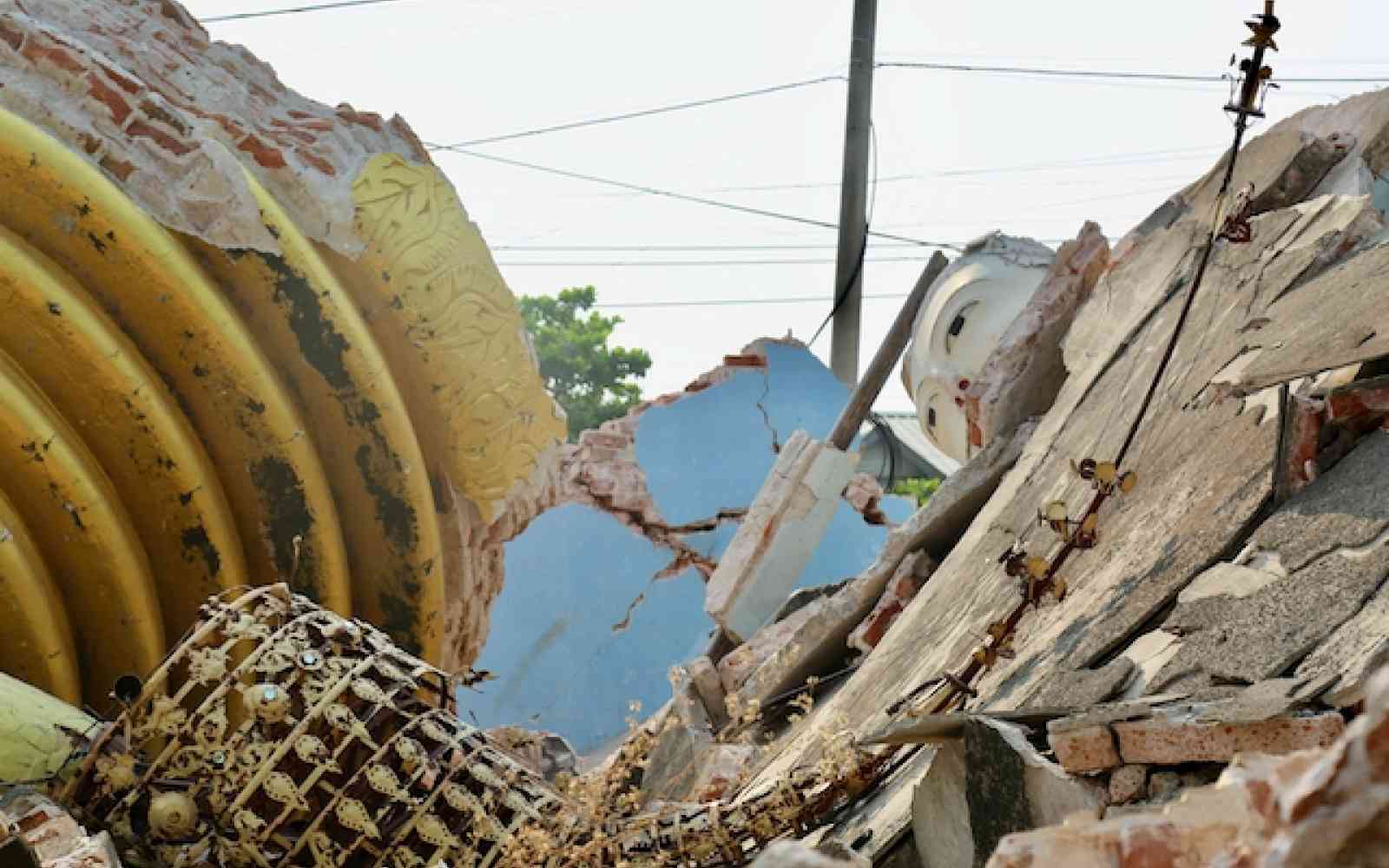The United Nations Office for Project Services (UNOPS)
Fighting stigma, preventing disease

When people who inject drugs are supported it can help reduce the transmission of HIV and hepatitis, lower health costs and reduce crime. In Myanmar, thousands of drug-users can access Harm Reduction services — it has made a difference.
In the first half of 2016, over 5,000 people who injected drugs in the country accessed 3MDG-supported HIV services, including testing and counselling. Prevention programmes reached more than 24,000 individuals. Six million syringes and needles were distributed to facilitate safe injection.
This is all part of an overall Harm Reduction approach that aims to reduce the negative consequences of illicit drug use. In particular, the transmission of HIV and hepatitis B and C, injuries associated with improper disposal of needles and the criminalization of drug use.

Interventions typically focus on prevention, distribution and disposal of needles and syringes, testing for HIV and hepatitis, methadone maintenance treatment, counselling and peer support.
Drug dependence is a health condition. The Harm Reduction approach recognizes this and emphasises the importance of work with local communities, media and police. Efforts are aimed at increasing awareness and improving the surrounding environment for people who inject drugs.
The approach helps tackle a significant issue in Myanmar: More than 20 percent of people who inject drugs have HIV1 and make up 39 percent of all new infections2.
In border regions like the Kachin State easy access to drugs due to opium production and conflict contribute to higher numbers of people who inject drugs. High-risk areas across seven townships in the Kachin State and 29 others have been prioritized to receive services.
The Harm Reduction approach includes needle patrol teams. Trained local community members collect and safely dispose of used needles. This minimizes the risk of needle-prick injuries for other members of the community. A number of drop-in-centres also offer counselling, testing and treatment for HIV, sexually transmitted infections and hepatitis.
Unfortunately, stigma, community rejection and discrimination make it difficult for people who use drugs to access health services. This in turn reduces their chance for recovery. It prevents them from accessing the necessary tests for blood-borne diseases.
Reducing this stigma is a priority for staff at the Washawng drop-in-Centre in Kachin State.
My job now is to pass out clean needles, provide health education and collect used syringes. Both the community and my family now see the positive effects of what I do and think this is a good job to have,
"We have a total of 40 clients. We have given 28 referrals for HIV, hepatitis B and C. Fifteen of our clients are receiving methadone treatment and one is in a detox centre. Now we need to encourage more to come, by reducing the stigma," said one health professional from the centre, who works for Metta – one of 3MDG's Harm Reduction partners.
Social stigma made it hard for Tu Mai, a former drug-user, to visit the centre. With support and encouragement from staff he soon attended treatment and information sessions. Methadone helped him to manage his addiction and now Tu Mai is a peer educator at the same centre.
"My job now is to pass out clean needles, provide health education and collect used syringes. Both the community and my family now see the positive effects of what I do and think this is a good job to have," he says.
Harm Reduction is based on respect for the rights of people who use drugs. The programme prioritizes a non-judgmental and inclusive delivery of services with the view that drug-use is a part of society.











